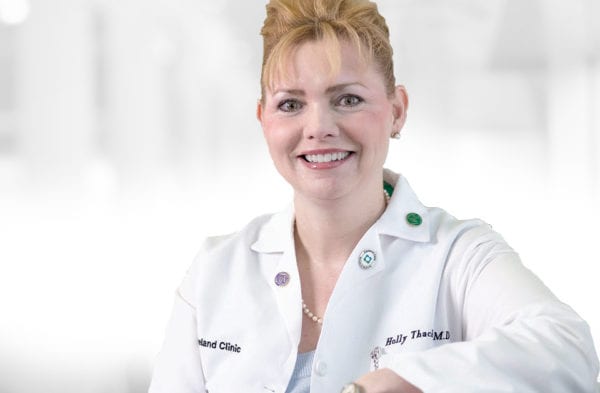Women’s health news continues to dominate, inform, and affect our lives and imaginations. Below, I highlight some of the most influential advances in women’s health of this past year. Some involve new treatments or ways to approach therapy that can help many women, particularly after menopause.
1. Hormone therapy after age 65 – A new look at the long-term outcomes of the Women’s Health Initiative (WHI) on the use of long-term hormone therapy (HT) and the options available to women has emerged. The American College of OB/GYN physicians noted in their January 2014 technical bulletin that women should not be taken off their estrogen simply because they turn 65.
2. New group to advance health after hysterectomy – AHAH! (Advancing Health After Hysterectomy), a non-profit group headed by Phil Sarrel, MD, of Yale University came together formally in October 2014 to raise awareness about estrogen. They want to spread the word that estrogen can prevent disease and reduce death rates in women who have had a hysterectomy.
3. FDA approves new incontinence treatment – In April 2014, the InTone®MV was FDA-approved for treating fecal incontinence and can be used vaginally as well to treat common types of urinary incontinence. New guidelines were released by the American College of Physicians on the importance of physical therapy and medical management of urinary leakage.
4. Research reveals effects of untreated hot flashes – Yale researchers and colleagues studied the high economic costs of not treating menopausal hot flashes and published their results in the August 2014 online issue of the journal Menopause. Millions of dollars in lost wages of untreated midlife women is preventable. There are both hormone and non-hormone options to treat menopausal symptoms.
5. First “designer estrogen” released – In February of 2014, the first “designer estrogen” therapy for both the treatment of menopause and the prevention of osteoporosis was released. Duavee® is a new oral therapy which contains both oral conjugated estrogen and a SERM-selective estrogen receptor modulator Bazedoxifene that can be used in women with a uterus, avoiding the need to use a progestin/progesterone.
6. Genital syndrome of menopause renamed – Genital Syndrome of Menopause is the new name given to a common, frequently under-treated condition formally called “vulvo-vaginal atrophy” or “atrophic vaginitis.” These describe vaginal dryness and other symptoms related to a lack of sex hormones that can happen during menopause or as a result of other conditions that cause a lack of female hormones. Various hormonal and non-hormonal therapies are available to treat this condition.
7. New medications cure Hepatitis C – Several new medication treatments to cure Hepatitis C became available in 2014.Routine, one-time testing for Hepatitis C infection in adults born between 1945 and 1965 is advocated by the Centers for Disease Control.
8. Egg freezing advances help women stay fertile – Egg freezing has become more successful and in the fall of 2014, some tech employers announced that they are offering to pay for egg freezing as a perk for their female employees. It doesn’t work for everyone, but advances have helped some women, especially those facing cancer therapy. And 2014 marked the first time a woman gave birth from a transplanted uterus.
9. Mediterranean diet offers more health benefits – A Mediterranean diet is a diet rich in veggies, whole grains, fish, nuts and olive oil; it is associated with longer telomeres and reduced aging. In addition, this diet is excellent at reducing heart and vascular disease, reducing diabetes risk and even dementia. Skip simple carbs, ingest healthy fats and get regular exercise. A new blood test, PLAC testing, was just approved in December 2014 by the FDA to help assess for cardiovascular risk, which is especially helpful for women of color. The test measures Lp-PLA2, a marker for vascular inflammation.
10. Advanced HPV vaccine approved – In December 2014, Gardisil 9®vaccine was FDA-approved for use in both girls and boys. This vaccine adds five additional strains of HPV to the original Gardisil and has the potential to prevent up to 90 percent of all cervical, vulvar, vaginal and anal cancers. In the future, more cancers will be prevented with vaccines and for those that have cancer, their therapies are becoming much more targeted. An HPV DNA test for primary cervical cancer screening alone without the pap was approved for primary screening of women aged 25 and older.



